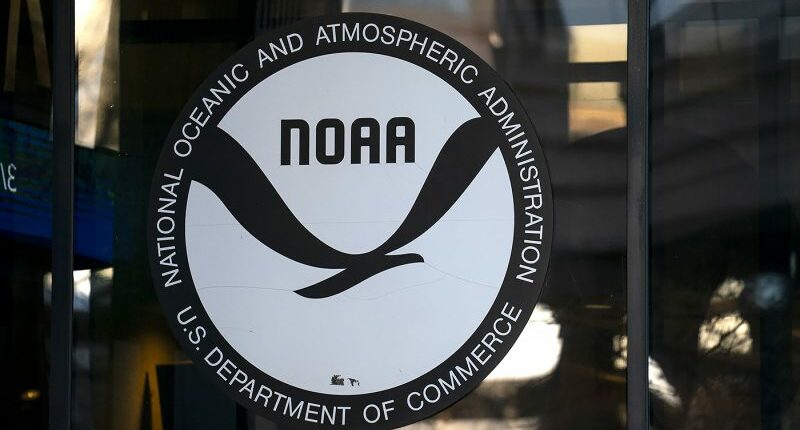Share this @internewscast.com

SAVANNAH, Ga. — State representatives are holding the National Oceanic and Atmospheric Administration (NOAA) and the National Weather Service accountable for the recent flooding disaster in Texas due to funding cuts.
NOAA is currently understaffed by 20-40% and the Trump administration plans to cut even more funding.
The proposed bill would further reduce their budget by $200 million, making the total cuts amount to $2.2 billion. This could potentially force NOAA to shut down all its weather and climate centers.
“Neglecting to strengthen our emergency weather systems as climate change intensifies will result in more unnecessary fatalities,” stated Florida Representative Debbie Wasserman Schultz.
Cuts to weather and climate facilities, hurricane research, and more are all what could happen under the Trump administration’s new spending bill. State representatives said tragedies like the Texas flood will happen more often without those vital positions.
“Local and state governments can’t solve these gaps,” Shultz said. “Kerr County, Texas, didn’t buy a warning system after its last big flood because they didn’t have the financial resources. But while Trump starves federal emergency preparedness systems, he’s choking off all kinds of aid to states too.”
Experts have predicted that with the loss of certain research factors inside of NOAA, hurricane accuracy would drop by up to 40%.
“Vital data would no longer be assimilated into hurricane models or be available to forecasters and researchers,” Director Emeritus of NOAA’s Atlantic Oceanographic and Meteorology Laboratory (AOML) Robert Atlas, PhD, said. “In addition, there would be a halt in the development of development and improvement of models like NOAA’s state-of-the-art hurricane analysis and forecast system, which produces the most accurate intensity forecasts of any model in the world.”
AOML is where hurricane research happens, and if it’s cut, state representatives have said the results will be devastating for states and local meteorologists around the nation.
“What we see today will likely become the norm. There will not be the improvements that we’ve had over the last 20, 30 years in communication, which was a high priority for the weather, for research, and forecasting improvement innovation act,” Former Director of the Hurricane Research Division of NOAA’s AOML Frank Marks, PhD, said.
The proposed cuts wouldn’t go into effect until 2026, but the appropriations committee hasn’t acted on them yet. spoke to one of our local representatives, Buddy Carter, about the proposed cuts.
“The savings made within NOAA were to eliminate climate scams and radical DEI programs,” said Rep. Carter. “The President’s FY26 budget proposal – which has not yet been enacted – would give NOAA an ample budget of more than $3.4 billion. It refocuses the agency on its core mission and streamlines operations, making it easier – not harder – to provide quality weather monitoring and disaster preparedness resources to all Americans.”













